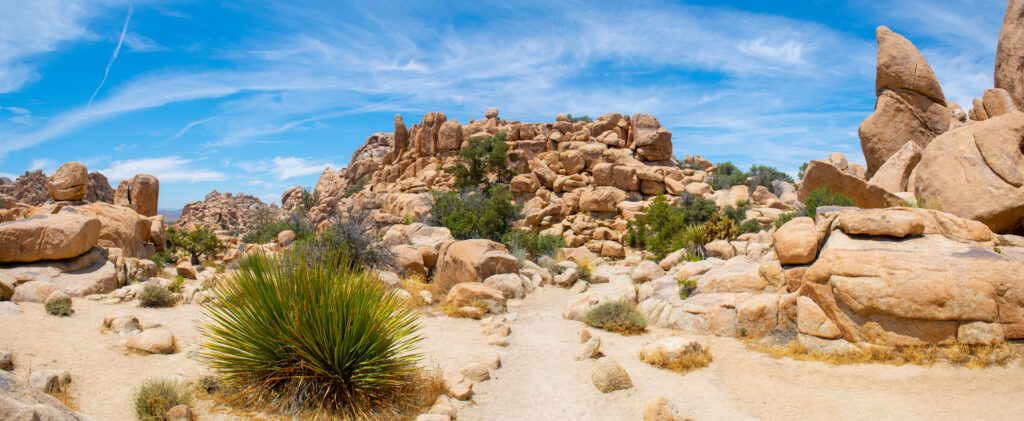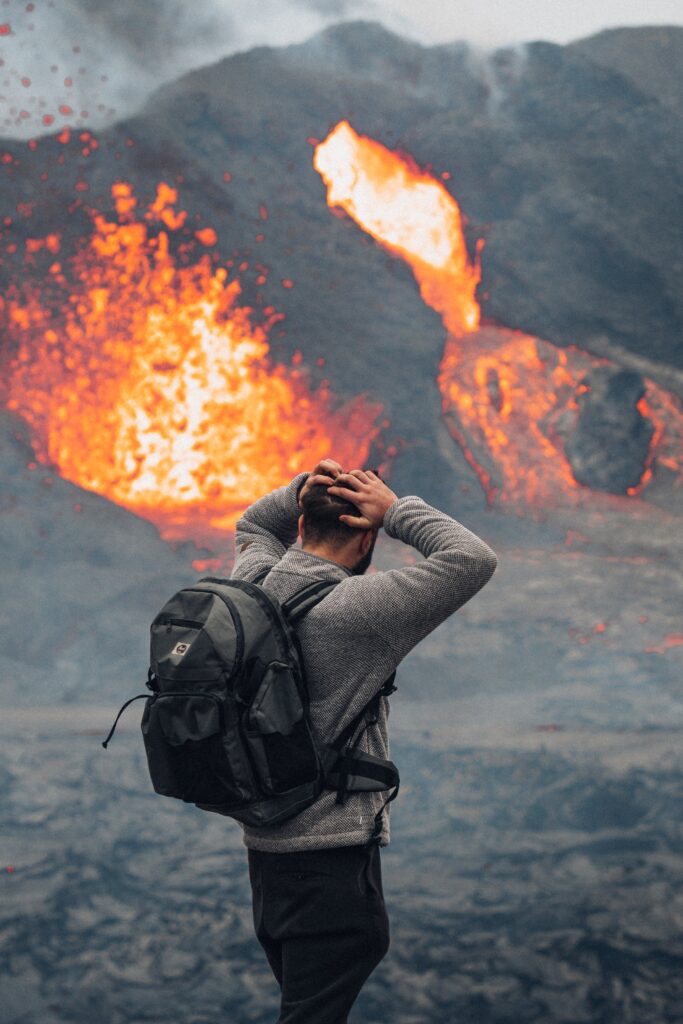
Geology of The Coachella Valley & Beyond
Kerry Berman
www.kerryberman.com
Approximately two hundred million years ago, if you were in what is now called the Coachella Valley, you would need scuba equipment to survive. The Colorado portion of the Sonoran Desert, Coachella & Imperial Valley, was part of the Pacific Ocean. Baja and the Western parts of California were also underwater.
You may or may not be aware that the earth is encapsulated in tectonic plates that look like a cracked eggshell. These plates are floating on the mantle, which is approximately twenty-five miles below the earth’s surface. In the mantle, the molten magma is formed from the earth’s heat emanating from its core, which is the center of the earth. We are on the crust or lithosphere which is the earth’s outer surface. These tectonic plates are constantly in motion, or floating; sometimes they collide with each other.

Around one hundred and fifty million years ago, during the Jurassic Era, there was a tectonic plate called the Farallon out in the Pacific Ocean. It was on a collision course, heading east toward the North American or Continental Plate. The sediment that created the basalt Farallon Plate was slightly heavier than the composition of the North American Plate, which was composed mainly of granite. The Farallon Plate subducted, or went underneath the North American Plate, pushing the ocean out and adding to California. When you have subduction action, a tsunami is created along the coast.
When the Farallon subducted under the North American Plate, it went approximately 400 miles into the mantle, creating the Sierra Nevada and Rocky Mountain Ranges. As of today, you cannot find any remnants of volcanism along the Peninsular Mountain Range, spanning Mount San Jacinto and stretching almost to Cabo San Lucas. The Peninsular Mountain range was created approximately 2-3 million years ago. Similar to a hot air balloon rising when you give it the gas , the Peninsular Mountain range was formed by molten magma, in the form of plutons pushing up through the weak spots, or cracks in the earth, creating an intrusive mountain range. Its kind of like how a pimple intrudes through the surface of our skin. When volcanoes erupt, the magma escapes out of the cone, creating an extrusive mountain range.
If we took the wayback machine approximately twenty-five million years ago, the Pacific Tectonic Plate replaced 95% of the Farallon. Welcome to the Pacific tectonic plate and the creation of the San Andreas Fault that runs from approximately the middle of the Salton Sea going north, letting out into the Pacific Ocean around Cape Mendocino North of San Francisco.
Recommended Reading:
United States Geological Survey

